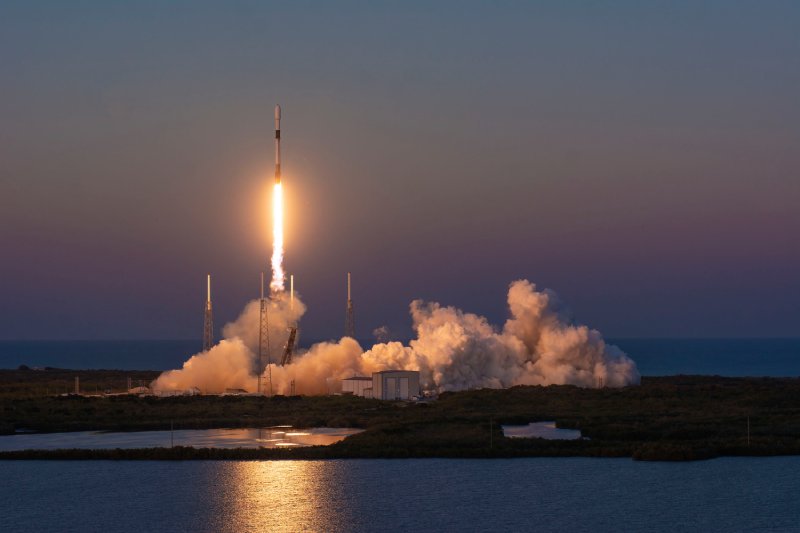Last night, August 31, SpaceX launched 22 of its Starlink broadband satellites into orbit before returning the rocket for a water landing.
Last night at 10:21 p.m. EDT (02:21 GMT on September 1), a Falcon 9 rocket carrying the Starlink spacecraft blasted out from Florida’s Cape Canaveral Space Force Station.
As scheduled, the first stage of the Falcon 9 landed on the drone ship A Shortfall of Gravitas, which was positioned in the Atlantic Ocean, around 8.5 minutes after liftoff.
According to a SpaceX mission summary, this exact booster had successfully launched and landed seven times.
By the way, two distinct Falcon 9 first stages currently hold the company record for most reuse flights with 16 flights. Tonight, the upper stage of the Falcon 9 continued to travel. If all goes according to plan, it should take roughly 65 minutes to launch the 22 Starlink satellites into low Earth orbit (LEO).
The Starlink launch tonight was meant to be the second half of a SpaceX doubleheader; earlierthis morning, a different Falcon 9 was planned to launch 13 satellites for the American Space Force from Cape Canaveral.
But for whatever reason that planned launch was cancelled by SpaceX. For the Space Force liftoff, the corporation is now aiming for Friday, September 1, at 11:26 a.m. EDT (1526 a.m. GMT).



